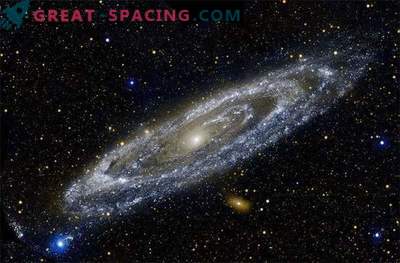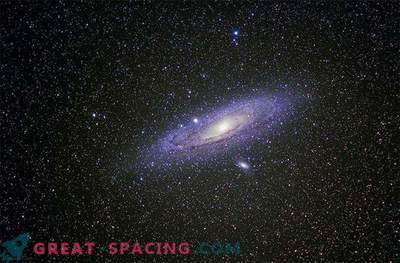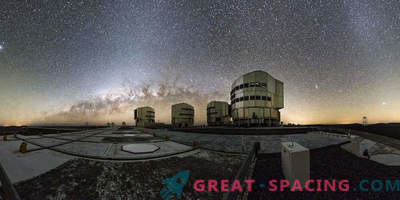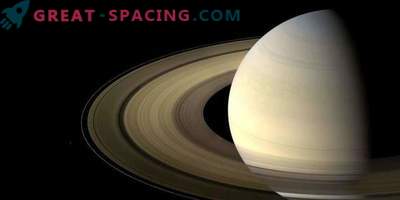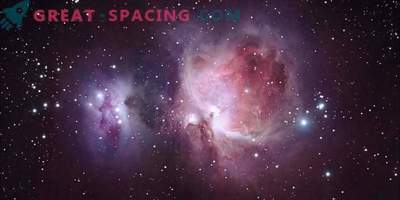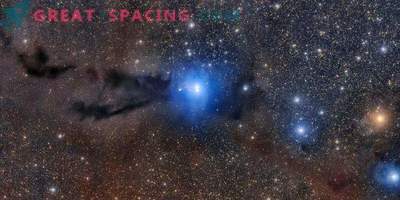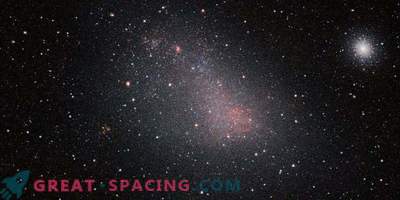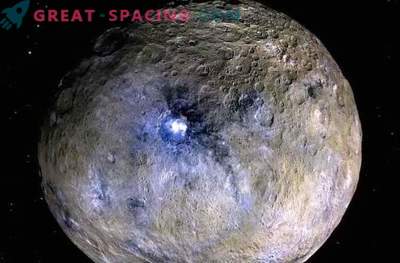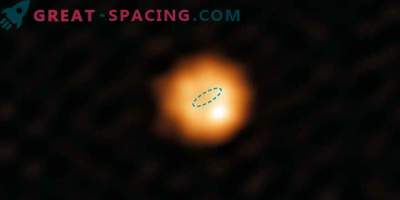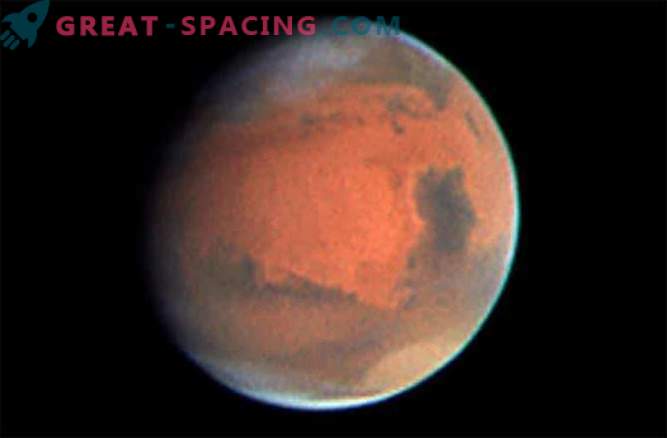
For the past few months I have been immersed in photography for my latest astronomical book, which usually means targeting dim objects of distant space, such as galaxies and nebulae.
In the neighboring galaxy M82, a star explodes ... and you can see her! M82 is actually filled with stars that are born and die.
In search of these distant cosmic objects, I felt somewhat reassured, as every night without fail, I watched a beautiful red star-like object rising in the east to greet me. This is the planet Mars and on April 8 it will be located in the sky at a point diametrically opposite to the Sun.
The official name of this event is “confrontation”. This Mars confrontation occurs every two years and this month will be a great opportunity to observe the red planet. So we wipe our telescopes and carefully look.
Mars is easy to find, you only need to look east, and you can easily identify it next to the bright blue / white Spica star in the constellation Virgo.
Spica is at a distance of 261 light years from Earth, which means that it took the light 261 years to get from Spica through interstellar space to us. For comparison, the reflected light from Mars, which we will see on April 8, will be only 5.16 minutes older. This is because Mars is only at a distance of 93 million kilometers, or 5, 16 light minutes from Earth. The distance between Mars and Earth during the opposition varies. In 2012 it was 100,700,000 kilometers, but in 2018 it will offer us a view that has not been observed since 2003, when this distance was 57.6 million kilometers.
While Mars will be clearly visible to the naked eye about 7 degrees north of Spica, in order to really get a good view, we will need a telescope. The magnification should be at least 200-fold to be able to see some of the details of the planet’s surface, which means, ideally, you will need a telescope that has an opening (diameter of the main mirror or lens) of at least 10 centimeters.
With the help of a telescope you can see the polar caps of Mars, which consist mainly of carbon dioxide ice. You can also take a look at the region in the southern hemisphere of the planet, known as the Big Sirt, a large dark region that contrasts with the red dusty surface of Mars.
To the north of the equator is a large shield volcano, known as Olympus. While, in itself, it is a complex object, it is much easier to identify clouds that often form around its top.
To increase your chances of getting a good view, prepare your telescope during the day so that it can cool down, as the thermal currents in the tube can significantly affect what you can see. It is also better to observe the planet when it is high in the sky, as this will mean that you are looking at it through a smaller layer of the atmosphere. It is also necessary to buy several filters for your telescopes, because it can significantly improve the picture. I prefer to use the # 82A light blue filter to highlight details in the polar caps, the # 12 yellow filter to help detect clouds and the # 23A light red to more clearly define surface details. But do not be afraid to experiment with others.
If your telescope is smaller or about 20 cm (or 8 "), then stay away from dark filters. Otherwise, the image of the red planet will be very dark and you will not be able to enjoy it.
